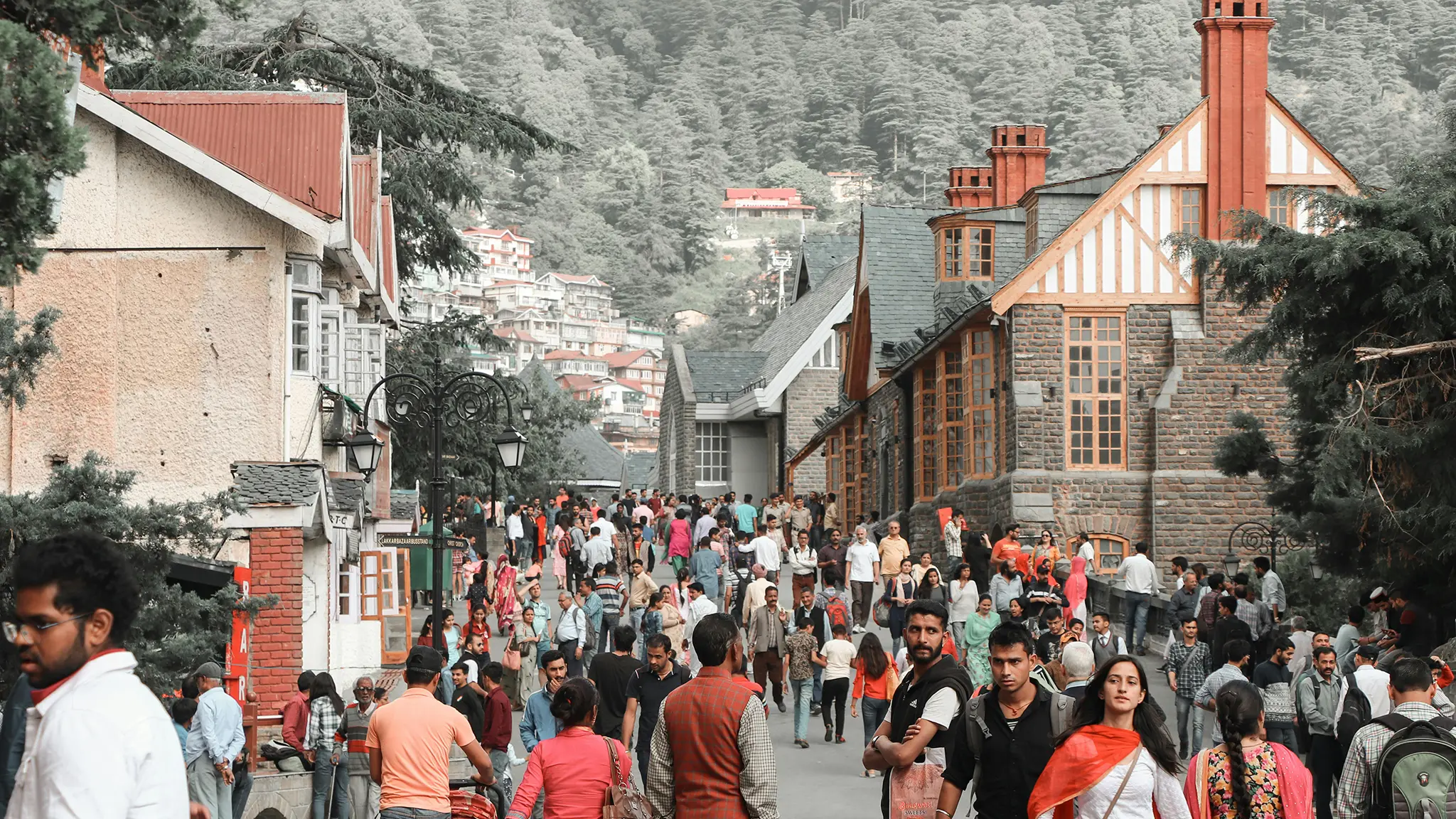India’s growth narrative is taking flight, powered by a resurgent travel and tourism sector and a steady stream of investments across diverse asset classes. As the year draws to a close, the confluence of domestic aspiration, inbound tourist interest, and strategic government initiatives are setting the stage for a vibrant economic landscape.
Tourism Sector Takes Off
The travel and tourism sector in India is not just recovering; it is surging. Projections indicate an impressive annual growth of over 20 per cent for the next five years. This optimism is fuelled by a potent mix: an expanding base of domestic travellers eager to explore their own country, a growing number of foreign tourists drawn to India’s rich cultural heritage and scenic beauty, and proactive government policies designed to bolster the industry. The World Travel and Tourism Council anticipates the Indian tourism sector to double in size to a staggering $523 billion within a decade, highlighting its pivotal role in the national economy. This expansion is not merely about business; it is also a significant engine for employment, projected to generate 61 lakh new jobs by 2034.
Airports are bustling, and airlines are operating at near full capacity, indicative of a substantial shift towards air travel. A Jefferies report suggests the need for at least 12 more airports with a capacity of 10 million passengers each to sustain the projected demand growth. Hotel chains are responding to this demand surge with ambitious expansion plans, reflecting the widespread euphoria in the hospitality sector. While some global destinations have regained popularity, India is emerging as a favoured alternative, benefiting from geopolitical shifts and a growing perception as a safe and attractive destination.
Investment Avenues Emerge
The Indian stock market has demonstrated remarkable resilience throughout 2024. The Sensex and Nifty have steadily climbed, buoyed by robust corporate earnings and a stable domestic economy. Sectors like IT, pharmaceuticals, and banking have shown encouraging recovery, with major companies posting strong results. Despite global economic uncertainties and inflationary pressures leading to market corrections, the overall sentiment remains positive. The Reserve Bank of India’s measures to manage inflation, including raising interest rates, have presented fixed-income investors with better returns, even as borrowers face increased costs.
The real estate market is also witnessing a stable recovery, particularly in Tier-2 and Tier-3 cities, driven by relatively low home loan rates and increasing demand, especially from first-time homebuyers. Commercial real estate is also showing signs of revival as businesses adapt to evolving work models. This recovery, coupled with urbanisation trends and government initiatives, signals long-term growth potential in the sector.
Convergence and Future Trajectory
The thriving tourism sector and the resilient investment landscape are not isolated phenomena; they are interconnected facets of India’s growth story. The influx of tourists translates into increased spending, boosting various sectors including hospitality, retail, and transportation, further attracting investments in related infrastructure and businesses. The robust stock market and recovering real estate sector provide diverse avenues for investors, both domestic and foreign, to participate in this growth narrative.
What does this mean for the near future? The momentum in both tourism and investment is likely to persist. For investors, a diversified approach remains key to navigating market volatilities, while the long-term growth potential of the Indian economy, fuelled by sectors like tourism and a dynamic investment climate, appears robust.
Image Courtesy: Sakshi Patwa










Leave a Reply